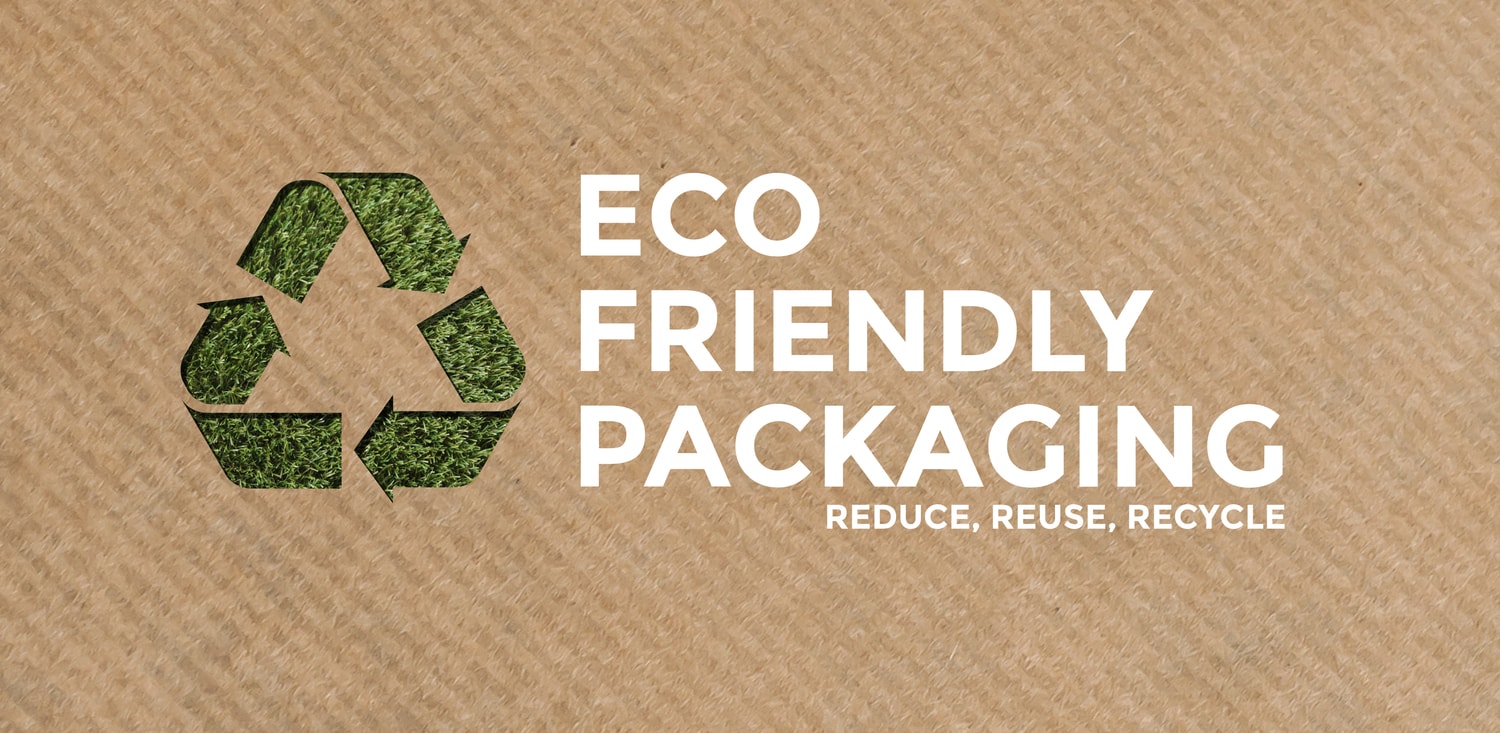
When was the last time you went to a store and brought home the items that you bought in a plastic bag? Or you received a package ordered online very well packed but with plastic bag, plastic bubble wrap tied around with plastic tape?
If this was recent, pause for a moment and think again how much of this purchase you have added to the already burgeoning plastic waste problem with resulting non-biodegradable waste.
If you think that such packaging is unavoidable, you are wrong. There are many options of packaging in a eco-friendly way using biodegradable material.
We do our bit by providing eco-friendly and sustainable packaging for our products. You can do your bit as well by choosing products providing such packaging and rejecting products that don’t thus forcing those companies to adopt an eco-friendly and sustainable way to package their products.
So what is sustainable packaging?
Simply put, it is packaging that, over time, reduces its environmental footprint.
This can happen in a number of ways:
a) Ingredients: Using raw 100% recycled or raw materials
b) Production process: By minimising the production process, supply chain and carbon footprint
c) Reusability: Creating a circular economy around the packaging, extending its lifecycle and usability.
Following are some of the ways you could identify such packaging through the following packaging material used :
1. Good old recycled paper and cardboard
– Of course, all these filler materials need to be housed in something, and cardboard boxes are the industry standard. While cardboard and paper are organic materials, if they are sourced unsustainably, their use can have a drastic impact on the environment.
2. Straws or recycled newspapers
– To be used to provide cushioning.
3. Biodegradable air peanuts
– These work in the sameway as their Styrofoam brethren, but they do they not linger for eternity polluting the environment.
4. Corrugated bubble wrap
– Wrap made of up-cycled corrugated cardboard.
5. Air pillows made of recycled materials
– They are small bags, which can be inflated, and therefore, when used as packaging, consist primarily of air. What’s more, they can be reused, recycled, and are even biodegradable.
6. Cornstarch packaging
– Derived from the corn or maize plant, it has plastic-like properties, which can be used in many contexts that have traditionally relied upon plastics.
7. Eco-friendly plastic and recycled plastic
– There is no getting around it -some shipping needs require a sturdy and reliable material that isn’t going to break and can support heavy loads.
8. Organic fabrics
– An eco-friendly alternative is organic fabrics for reusable bags. There are a bunch of different organic fabrics on the market now including hemp, organic or recycled cotton, tapioca, palm leaves, and many more. All of these materials even if throw out can biodegrade in around 100 days.



